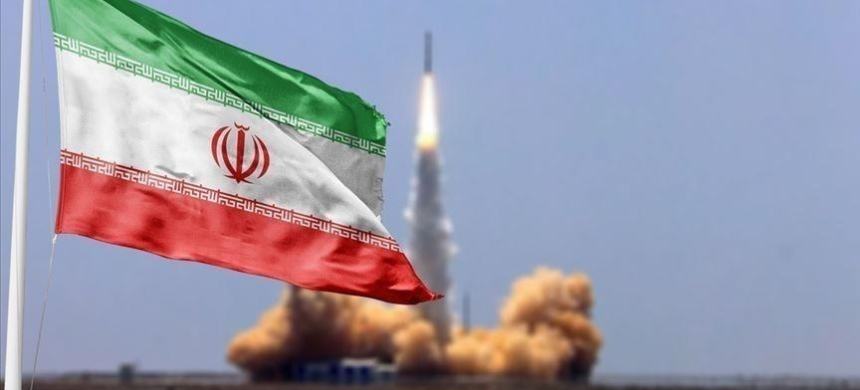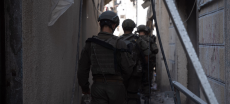A Pentagon intelligence report suggests that recent U.S. airstrikes on Iran’s main nuclear sites have only briefly hindered the country’s nuclear activities. Despite President Trump’s claims that the operation dealt a severe blow, the Defense Department’s assessment indicates that the damage was largely superficial and failed to destroy Iran’s deeply buried centrifuge systems at Fordo, Natanz, and Isfahan.
The strikes, which used specialized bunker-busting bombs, were aimed at halting uranium enrichment. However, intelligence sources revealed Iran had moved parts of its uranium stockpile in anticipation of the attack, and the bombings may have set the program back by just a few months. This contradicts Trump’s assertion that the mission was a historic success and the sites were “completely destroyed.”
Read more: PIA Restarts Gulf Flights After Israel-Iran Ceasefire
In response, Iran’s Foreign Minister Abbas Araghchi delivered a strong statement defending the nation’s right to nuclear development, emphasizing its resilience under years of war and sanctions. He reaffirmed that Iran would not abandon its nuclear goals despite external pressure, describing the program as a matter of national sovereignty.
Although satellite images showed blast damage at facility entrances, they revealed little about the condition of underground infrastructure. Following the attack, Iran fired missiles at a U.S. base in Qatar, which were intercepted. A ceasefire between Iran and Israel, brokered by Qatar with American backing, has since eased regional tensions.











